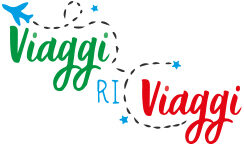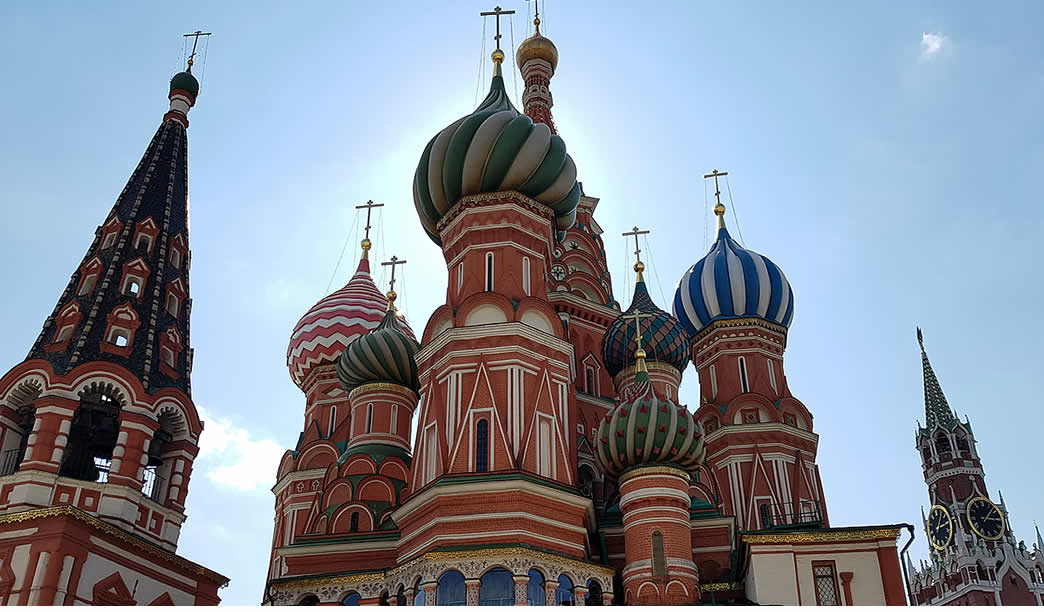Russia is the largest country in Europe. It can evoke both love and hate, appearing enchanting with its fairytale landscapes or dark and gray due to the climatic contrast. In Russia, culture, art, and history come alive through countless icons, churches, monasteries, museums, art galleries, theaters (the largest and most famous being the Bolshoi Theatre), libraries, palaces, and residences. This cultural and artistic richness makes Russia one of the most important countries in the world.
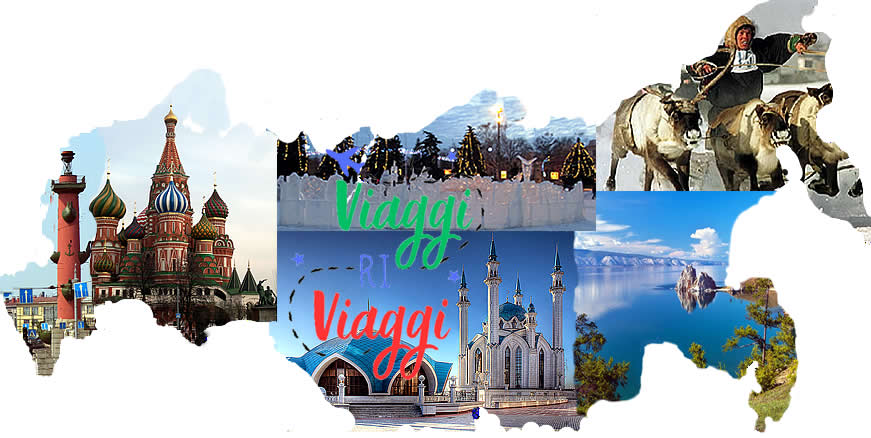
“Russia is very fascinating and rich in history, culture, and natural beauty. Here are some key points to include in your article about tourism in Russia:
Geography and Landscapes:
Russia is the largest country in the world, covering more than one-eighth of the Earth’s surface. It spans two continents: Europe and Asia.
From the historic domes of Moscow to the vast Siberian wilderness, Russian geography is diverse and captivating. You’ll find Arctic tundras, deserts, mountains, and forests.
The Ural Mountains separate Europe and Asia, while the Siberian plains are some of the least populated regions in the world.
The Volga, Ob, and Yenisei rivers traverse the country, offering spectacular landscapes.
Culture and History:
Moscow and St. Petersburg are the main tourist destinations. Moscow is famous for its domes, the Kremlin, and Red Square, while St. Petersburg boasts extraordinary architecture and art collections.
Russia is rich in icons, churches, monasteries, museums, and theaters. The Bolshoi Theatre is one of the most famous in the world.
Russian culture is a blend of ancient traditions and contemporary vitality.
Climate and Population:
The climate varies significantly due to the country’s size. From Arctic regions to the subtropical climate in the south, Russia offers diverse experiences.
Most of the population lives in the western part, where the climate is temperate continental.
Natural Destinations:
The Kamchatka Peninsula and the Sikhote-Alin mountains in eastern Russia are spectacular for nature lovers.
The extensive coastline of over 37,000 kilometers includes the Arctic Ocean, the Pacific, and the Baltic Sea, offering breathtaking views.
In summary, Russia is a unique and fascinating country that deserves to be explored.”
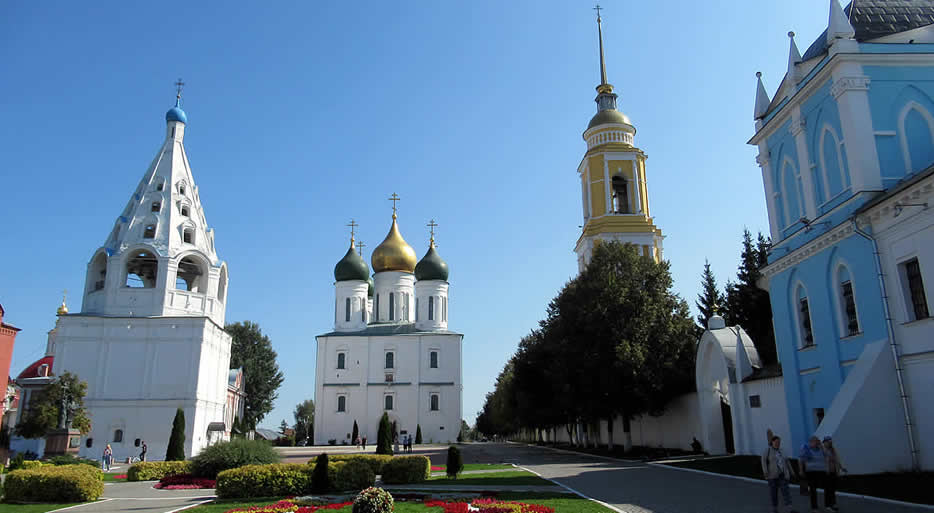
History of Russia
The History of Russia: A Brief Overview
The history of Russia is fascinating and complex, with roots dating back thousands of years. Here’s a concise summary up to the present day:
- Origins and Formation:
- Russian history begins with the Eastern Slavs. In 862 AD, the people known as the Rus’ were founded by Rurik, who became the ruler of Novgorod. They later established the Rus’ Kingdom of Kiev.
- Christianization and Culture:
- In 988, the Rus’ of Kiev converted to Christianity thanks to Byzantine missionaries. This marked the beginning of the fusion between Byzantine and Slavic cultures, which would shape Russian culture in the centuries to come.
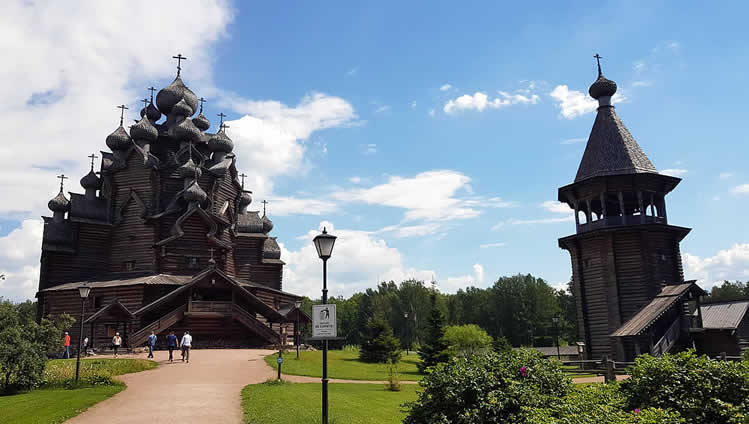
- Mongol Invasions:
- In the 13th century, Mongol invasions devastated the Rus’ of Kiev. However, Moscow became a center of political and cultural attraction, gradually unifying the Russian lands.
- Russian Tsardom:
- In 1480, the Grand Duchy of Moscow stopped paying tribute to the Mongols and became independent under Ivan the Great. In 1547, Ivan the Terrible transformed the Grand Duchy of Moscow into the Russian Tsardom.
- Time of Troubles:
- After the death of Feodor I, Russia faced a period of anarchy and civil war known as the “Time of Troubles.” In 1613, Mikhail Romanov was crowned tsar, ending the succession crisis.
- Exploration and Conquest of Siberia:
- In the 17th century, Russia completed the exploration and conquest of Siberia, extending its territory to the Pacific Ocean.
- Russian Empire:
- In the 18th century, Russia became a major player in European history. During World War II, as part of the Soviet Union, it defeated Nazi Germany.
- Dissolution of the Soviet Union:
- In 1991, the Soviet Union dissolved, and Russia became its legal successor.
Russia has undergone many crucial phases, from Mongol invasions to the Tsarist era, from the Bolshevik revolution to the Cold War. Its history continues to evolve, and today it holds a significant geopolitical position.
The october revolution 1917
The October Revolution, also known as the Great Socialist October Revolution, was the final and decisive phase of the Russian Revolution. It began in February 1917 (according to the Julian calendar) and first led to the collapse of the Russian Empire, followed by the establishment of Soviet Russia.
After the monarchy was overthrown, Russia experienced conflicts among political parties and increasing military and economic disintegration. The Russian Social Democratic Labor Party (Bolsheviks), led by Lenin and Lev Trotsky, decided on armed action against the weak provisional government of Alexander Kerensky. The insurrection, initiated on the night of November 6-7, 1917, in Petrograd (October 25 according to the Julian calendar), was successful. The Bolsheviks formed a revolutionary government presided over by Lenin and gradually extended their power over much of the former Tsarist Empire.
The October Revolution marked the construction of the world’s first socialist state and significantly shaped the entire 20th century. The experiment in egalitarian socialism and communism, following the theoretical traditions of Karl Marx and Lenin, ultimately concluded with the dissolution of the Soviet Union in 1991 and the return of capitalism in the successor states of the Soviet era.
Cities to visit in Russia
Cities to Visit in Russia:
- Moscow:
- The Russian capital is famous for Red Square, the Kremlin, and St. Basil’s Cathedral.

- Saint Petersburg:
- Known as the “Venice of the North,” it’s home to the Hermitage Museum, the Church of the Savior on Spilled Blood, and Nevsky Prospekt.
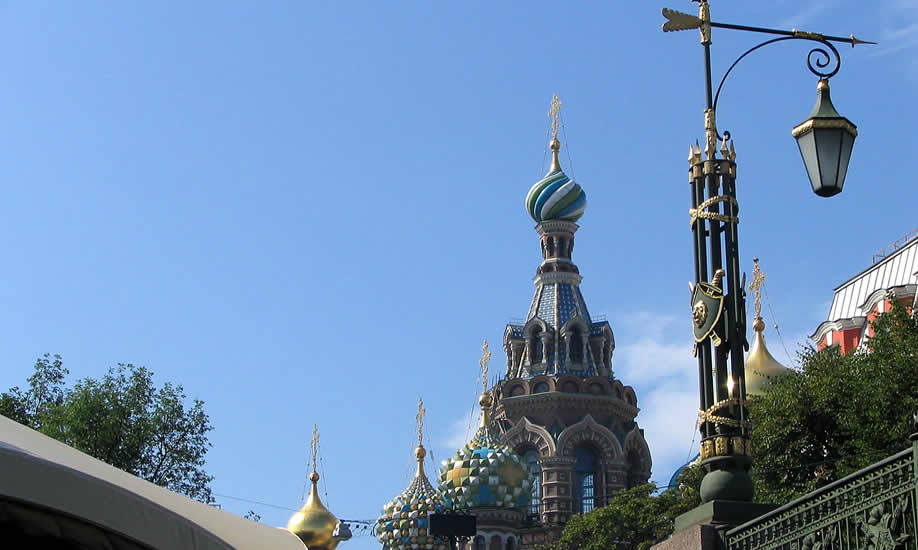
- Kazan:
- A city with a unique blend of cultures, where you can visit the Qolşärif Mosque and the Kazan Kremlin.
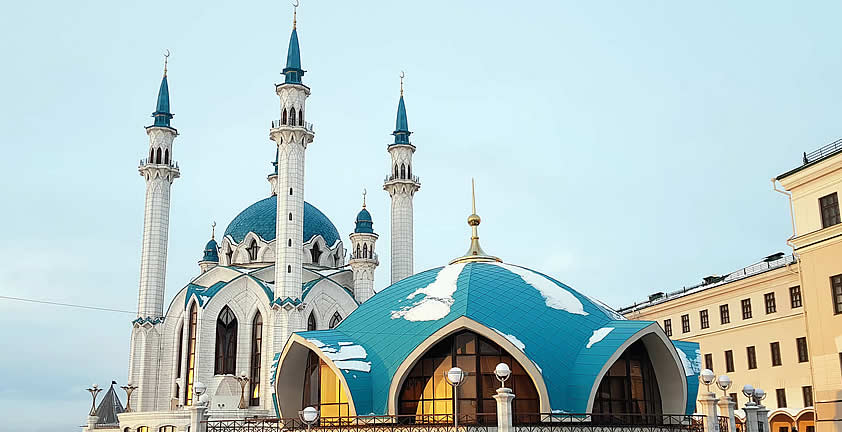
- Ekaterinburg:
- Famous as the site of the Romanov family’s execution. Explore the Church of the Blood and the Boris Yeltsin Museum.
- Vladivostok:
- Located on the Pacific coast, it offers breathtaking views and the Vladivostok Fortress.
- Pushkin (Puškin):
- Near Saint Petersburg, it’s renowned for the Catherine Palace and the Amber Room.
- Sevastopol:
- In Crimea, visit the Inkerman Monastery and the Naval Museum Complex in Balaklava.
- Suzdal:
- One of Russia’s oldest cities, known for its traditional churches and architecture.
- Lake Baikal:
- Although not a city, this lake is a must-see. It’s the world’s deepest freshwater lake, surrounded by spectacular landscapes.
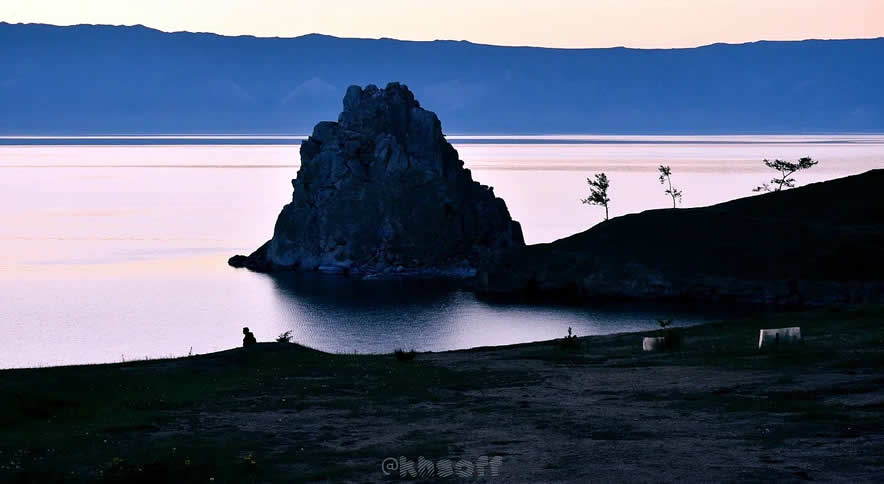
- Volgograd:
- Formerly known as Stalingrad, it’s home to the 52-meter-tall Mother Russia statue.
- Nizhny Novgorod:
- A beautiful city with a Kremlin worth visiting
Curiosites about Russia
Here are some interesting facts about Russia:
- Billionaires in Moscow:
- Moscow, the Russian capital, is home to the largest number of billionaires in the world. According to Forbes, a whopping 79 billionaires reside here, making it a city of opulence and luxury.
- Moscow Metro:
- The Moscow metro is the third busiest in the world, trailing only Tokyo and Seoul. Notably, it’s renowned for the beauty of its stations and trains, often considered the most stunning metro system globally.
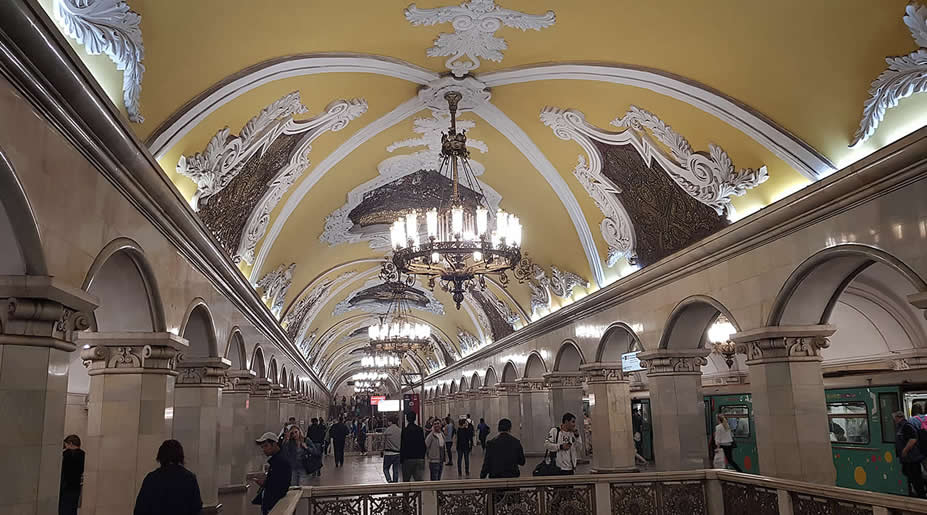
- Trans-Siberian Railway:
- Russia boasts the world’s longest railway, the Trans-Siberian Railway. This extensive rail network spans eight time zones, connecting 87 cities and crossing over 16 rivers, including the mighty Volga.
- Volga River:
- The Volga River holds the distinction of being the longest river globally, stretching over 3,690 kilometers and having more than 200 tributaries.
- Annual City Cleanup (Subbotnik):
- Russians continue the tradition of “Subbotnik” or “Communist Saturday.” It involves voluntary work by residents to clean streets and parks in their cities.
- Love for Vodka:
- Vodka is a beloved beverage in Russia and is deeply ingrained in Russian culture and traditions
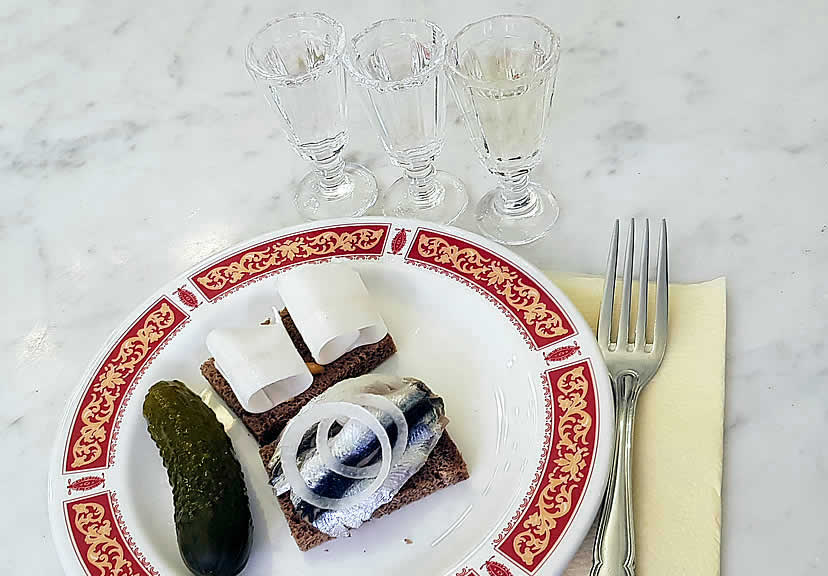
Russian cuisine
Russian cuisine is rich in bold flavors and traditional dishes that reflect the country’s history and culture. Here are some typical Russian dishes:
- Solianka: A typical meat-based soup.
- Blini: Similar to crepes but with some differences.
- Insalata Mimosa: A layered salad made on International Women’s Day (March 8).
- Insalata Shuba: Herring under a fur coat – a layered salad with carrots, potatoes, herring, and beets. A must-have for New Year’s dinner.
- Chebureki: Fried pastries filled with seasoned meat, dill, and onion (or other ingredients like cheese). A delicious recipe to try.
- Insalata vinaigrette: A popular Russian salad made with red beets, potatoes, carrots, and other vegetables.
- Insalata Olivier: Known throughout Europe as Russian salad, it’s the queen of salads in Russia.
- Pelmeni: Another very typical Russian dish, similar to our tortellini but prepared differently.
Feel free to explore these flavors and enjoy the diverse Russian culinary heritage!
